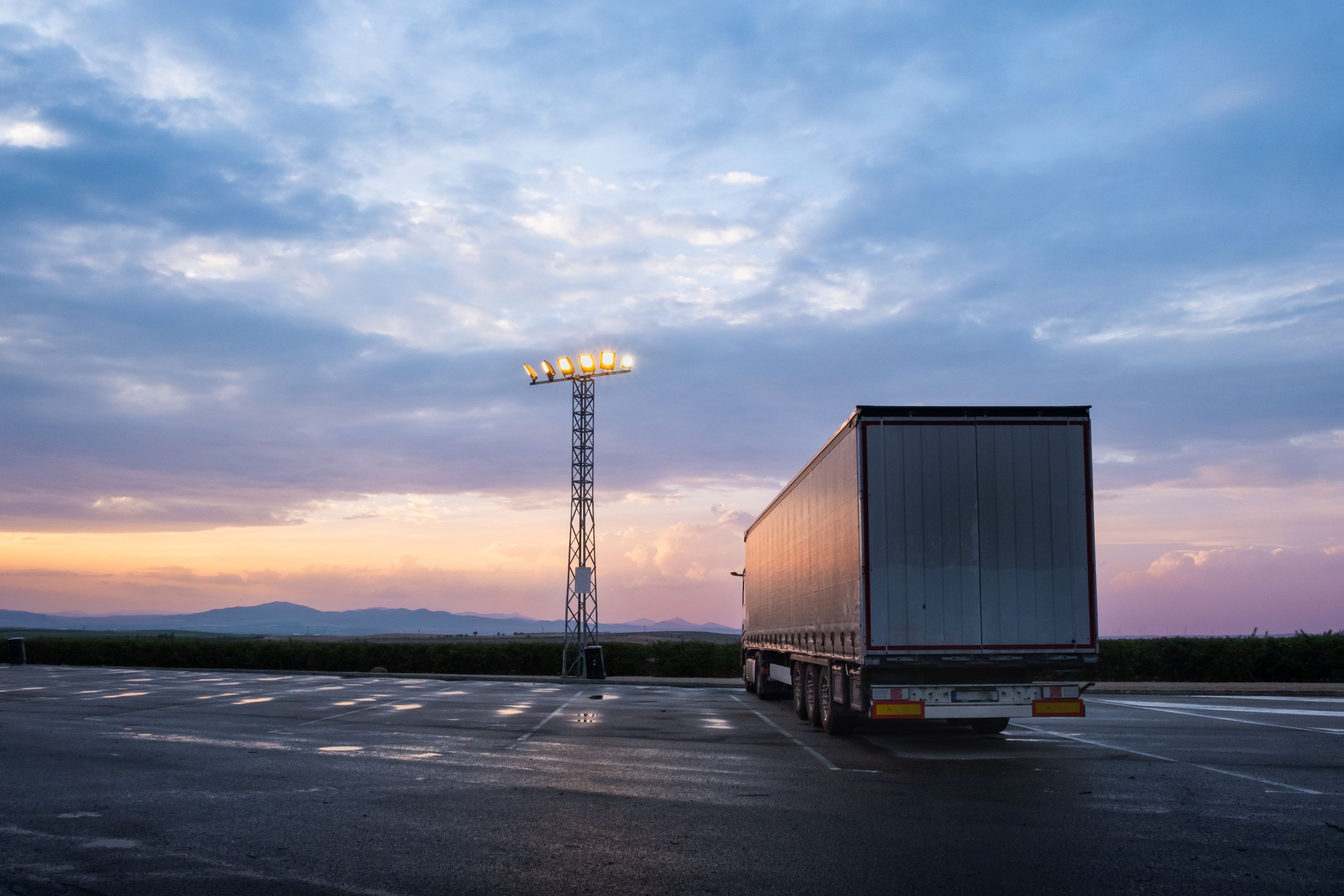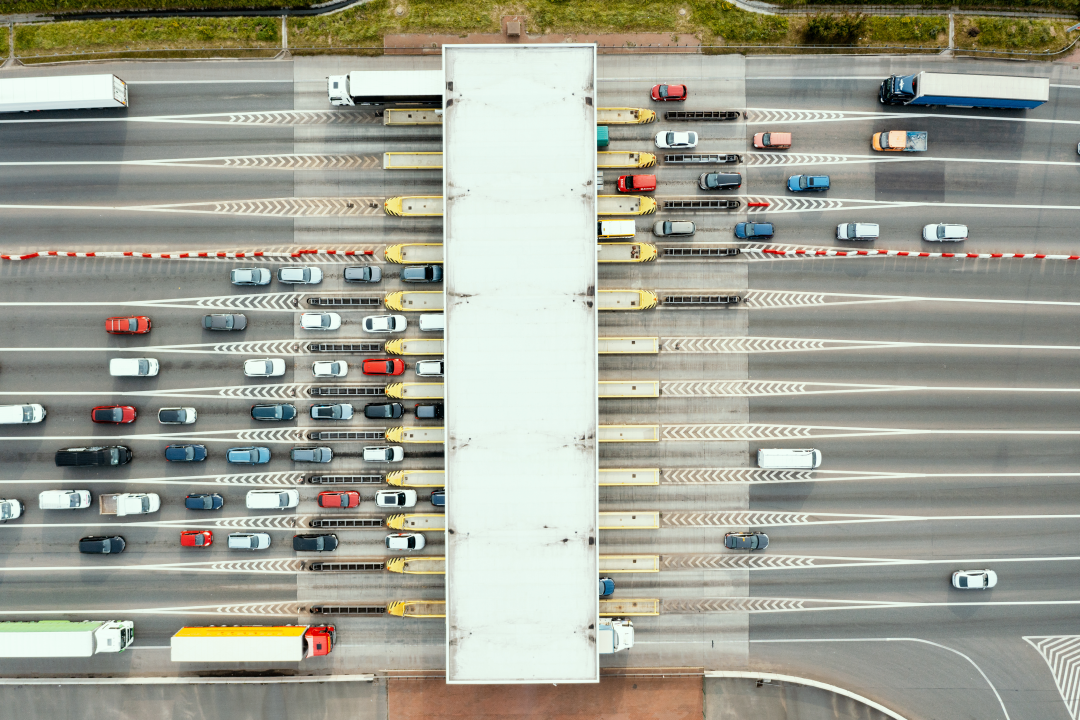
Guest
Die Auswirkungen des Stromausfalls auf der Iberischen Halbinsel 2025 auf den Straßengüterverkehr
Erstellt: 04.06.2025
•
Aktualisiert: 04.06.2025
Am 28. April 2025 kam es auf der Iberischen Halbinsel zu einem großflächigen Stromausfall, der Millionen von Haushalten, Unternehmen und öffentlichen Einrichtungen in Spanien und Portugal ohne Strom ließ. Der spanisch-portugiesische Stromausfall, der um 12:33 Uhr Ortszeit begann, betraf Großstädte wie Madrid, Barcelona, Lissabon und Porto sowie große Teile der umliegenden Regionen. In einigen Gebieten kehrte der Strom innerhalb von vier bis sechs Stunden zurück, in anderen dauerte die Unterbrechung bis zum nächsten Morgen.
Obwohl die genaue Ursache noch untersucht wird, deuten erste Berichte darauf hin, dass eine Störung im grenzüberschreitenden Übertragungsnetz den Stromfluss in beiden nationalen Netzen unterbrochen hat. Die Auswirkungen waren schnell und weitreichend: Der Zugverkehr wurde gestoppt, Flugzeuge mussten am Boden bleiben, Krankenhäuser und öffentliche Dienste wurden beeinträchtigt und die digitale Infrastruktur wurde lahmgelegt. Der Verkehrs- und Logistiksektor stand vor einer unmittelbaren Herausforderung, die alle Aspekte des Straßenbetriebs betraf, von der Fracht- und Kraftstoffversorgung bis hin zur Verkehrskontrolle und dem Wohlergehen der Fahrer.
"Wenn der Strom ausfällt, fallen auch viele der Systeme aus, auf die wir uns verlassen, um die Straßen sicher zu halten - von Ampeln und Beschilderung bis hin zur Kommunikation", sagt Raquel Martinez, European Sales Manager bei SNAP. "Der Stromausfall im Jahr 2025 hat sowohl den Fahrern als auch den Flottenbetreibern vor Augen geführt, wie schnell Routinefahrten zu einem hohen Risiko werden können und wie wichtig es ist, dass die Fahrer wissen, wo sie anhalten können, um die Sicherheit von sich und ihrer Ladung zu gewährleisten."
Verspätungen im Güterverkehr
Für die Transportunternehmen war das erste und dringendste Problem die Aussetzung des Frachtverkehrs. Auf der gesamten Iberischen Halbinsel verlangsamte sich der Betrieb in Lagerhäusern, Abfertigungszentren und Cross-Docking-Hubs oder kam ganz zum Erliegen. Auch der grenzüberschreitende Verkehr war betroffen, und die Lkw wurden an den Grenzen aufgehalten, während die Behörden daran arbeiteten, die grundlegende Verkehrskontrolle wiederherzustellen und die Verkehrssicherheit zu gewährleisten.
Da der Schienengüterverkehr zum Erliegen kam, versuchten einige Betreiber, die Ladung auf das Straßennetz zu verlagern, was jedoch seine eigenen Grenzen hatte. Überlastete Strecken, nicht funktionierende Verkehrssysteme und eine lückenhafte Kraftstoffversorgung führten dazu, dass der Straßenverkehr die Nachfrage nicht bewältigen konnte. Es dauerte mehrere Tage, bis der Rückstau beseitigt und die Zuverlässigkeit der Lieferkette wiederhergestellt war.

Maut, Verkehr und Technologieversagen
Die Stromausfälle auf der iberischen Halbinsel haben auch gezeigt, wie sehr die moderne Infrastruktur von digitalen Systemen abhängt. In den großen Städten fielen die Ampeln aus, was zu Staus führte und das Unfallrisiko erhöhte. Elektronische Beschilderung, Autobahnsensoren und intelligente Verkehrsleitsysteme fielen aus, so dass die Autofahrer nicht mehr in Echtzeit geführt und informiert werden konnten.
Auch die Mautstellen waren betroffen. Da die automatischen Schranken und elektronischen Zahlungssysteme nicht funktionierten, musste das Personal in einigen Gebieten die Schranken manuell öffnen oder Bargeld einkassieren. Dies führte zu Verzögerungen auf wichtigen Strecken, zu Einnahmeausfällen für die Mautbetreiber und zu Bedenken hinsichtlich der Systemintegrität, sobald die Stromversorgung wiederhergestellt war.
Treibstoffknappheit
Eines der deutlichsten Anzeichen für die Abhängigkeit des Sektors von der Elektrizität zeigte sich an den Zapfsäulen. Als der Strom ausfiel, waren Tankstellen in ganz Spanien und Portugal gezwungen, zu schließen. Pumpen und Bezahlsysteme funktionierten nicht mehr, so dass nur eine kleine Anzahl von Tankstellen mit Notstromaggregaten in der Lage war, die Kunden zu bedienen. Diese waren schnell überfordert, was zu langen Warteschlangen und in vielen Fällen zu Fahrern führte, die ohne Treibstoff festsaßen.
Die Unterbrechung erstreckte sich auch auf die flussaufwärts gelegenen Gebiete, da die Hafenanlagen und Kraftstoffverteilungsnetze nicht mit normaler Kapazität arbeiten konnten, was die Beförderung von Kraftstoff ins Landesinnere verzögerte und die Versorgungsprobleme weiter verschärfte.
EVs und Ladeinfrastruktur
Für die Betreiber von Elektrofahrzeugen stellte der Ausfall eine besondere Herausforderung dar. In ganz Spanien und Portugal fielen die Ladestationen für Elektroautos aus, so dass die Fahrzeuge nur dann genutzt werden konnten, wenn sie bereits über eine ausreichende Ladung verfügten, um ihre Route zu absolvieren. Da es keine Möglichkeit zum Aufladen gab, wurden einige Lieferungen ausgesetzt und Elektrofahrzeuge vorübergehend von der Straße genommen.
Für Logistikunternehmen, die den Umstieg auf elektrische Flotten erwägen, haben die Stromausfälle auf der iberischen Halbinsel deutlich gemacht, wie wichtig eine Notfallplanung und eine Backup-Infrastruktur zur Aufrechterhaltung des Betriebs bei Netzausfällen sind.

Wohlbefinden der Fahrer
Die vielleicht dringendste Sorge galt dem Wohlergehen der Fahrer. Raststätten und Tankstellen wurden in Dunkelheit getaucht - viele ohne Beleuchtung, Heizung, warmes Essen oder funktionierende Toiletten. Einige Fahrer hatten während der erzwungenen Verspätungen keinen sicheren Platz zum Ausruhen.
Ein weiteres großes Problem war die Kommunikation. Da die Mobilfunknetze unterbrochen waren, hatten die Fahrer Schwierigkeiten, die Depots zu kontaktieren, Unterstützung anzufordern oder aktuelle Verkehrsinformationen abzurufen. Für viele war der lokale Rundfunk die einzige zuverlässige Informationsquelle. Die Situation machte deutlich, wie gefährdet die Branche sein kann, wenn kritische Infrastrukturen ausfallen.
Lehren für die Zukunft
Obwohl der Stromausfall in Spanien und Portugal an den meisten Orten weniger als 24 Stunden dauerte, waren die Beeinträchtigungen für den Straßenverkehr und das Speditionswesen erheblich. Die Auswirkungen des Stromausfalls auf die Logistik betrafen alle Bereiche von der Kraftstoffversorgung und der Widerstandsfähigkeit der Infrastruktur bis hin zur Notfallvorsorge und dem Wohlbefinden der Fahrer. Der Stromausfall hat jedoch auch eine erneute Diskussion darüber ausgelöst, wie Flottenbetreiber die Geschäftskontinuität verbessern und ihre Mitarbeiter vor ähnlichen Ereignissen schützen können.
Die Erstellung und Erprobung eines soliden Plans zur Aufrechterhaltung des Betriebs ist ein wichtiger erster Schritt. Dieser sollte Kommunikationsprotokolle, Zugang zu Treibstoff, alternative Routen und den Einsatz von Fahrzeugen umfassen. Wenn möglich, sollten alternative Zeitpläne und Lieferpartner im Voraus festgelegt werden - insbesondere für zeitkritische oder kritische Ladungen.
Die Unterstützung des Wohlbefindens der Fahrer ist in solchen Situationen von entscheidender Bedeutung. Notfallsets - mit Snacks, Wasser, Taschenlampen, Powerbanks und reflektierender Kleidung - können Beruhigung und praktische Hilfe bieten.
"Die Betreiber sollten auch die Einrichtungen auf den Betriebshöfen überprüfen, um sicherzustellen, dass die Fahrer sichere Rastplätze haben, insbesondere bei längeren Verzögerungen", sagt Raquel. "Wenn man weiß, dass es in der Region ein Netz von Lkw-Haltestellen gibt, wie z. B. unser Partnernetz, kann man sich darauf verlassen, dass man irgendwo anhalten kann, bis der Strom wieder da ist.
"Stromausfälle dieses Ausmaßes sind zwar selten, aber das Risiko ist real. Die Betreiber müssen überlegen, wie sie ihre Widerstandsfähigkeit ausbauen und sich an Situationen anpassen können, um den Verkehr aufrechtzuerhalten - von der Sicherung der Treibstoffversorgung bis zur Neubewertung der Routenplanung und der Ruhezeiten in Notfällen."
SNAP Mobility Services in Spanien
Wir verfügen über ein ausgedehntes Netz von Tankstellen und Raststätten in ganz Spanien und Europa. [Besuchen Sie unsere interaktive Karte, um zu sehen, wo Sie unsere Partner heute finden können (https://snapacc.com/map/spain/).



